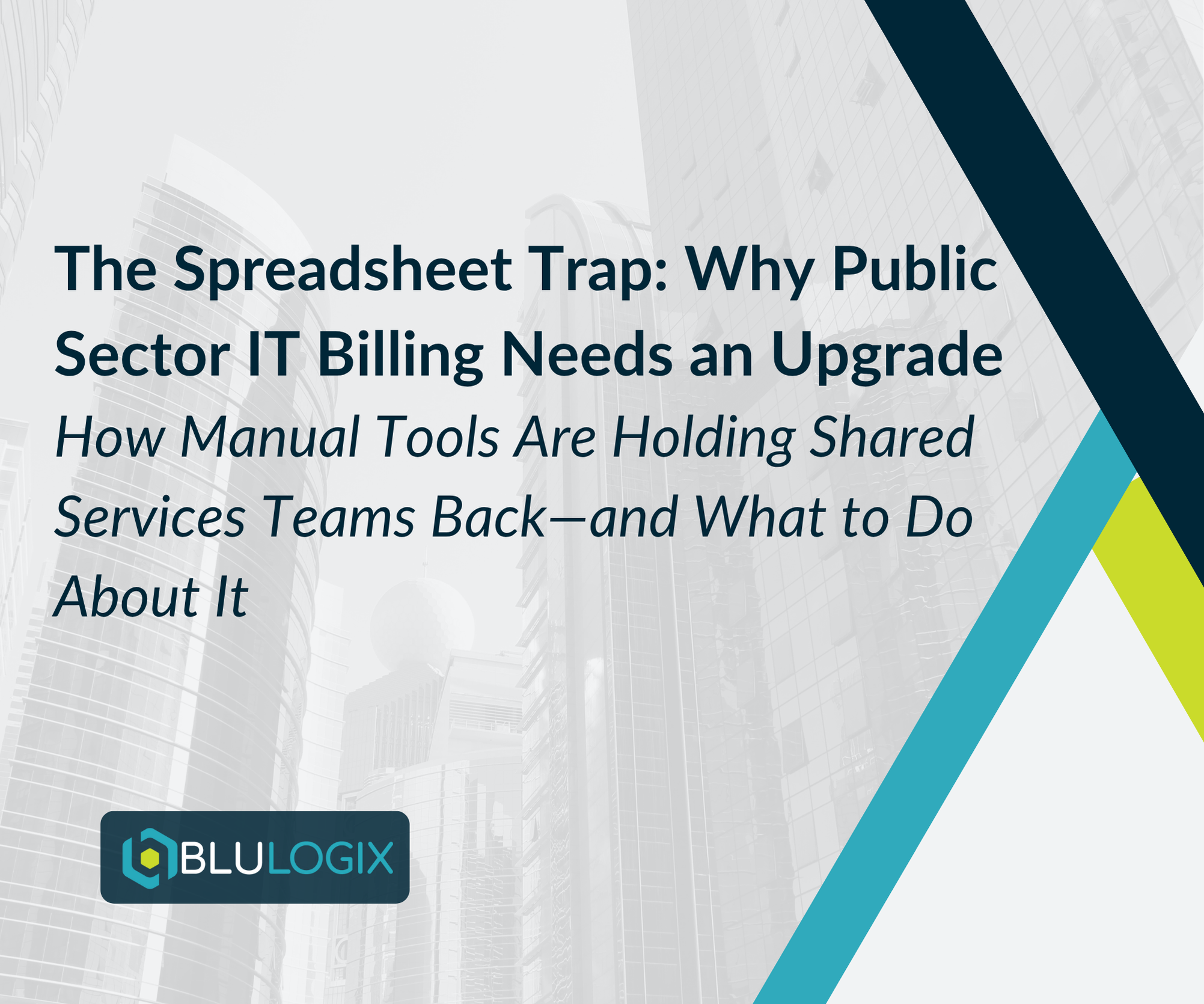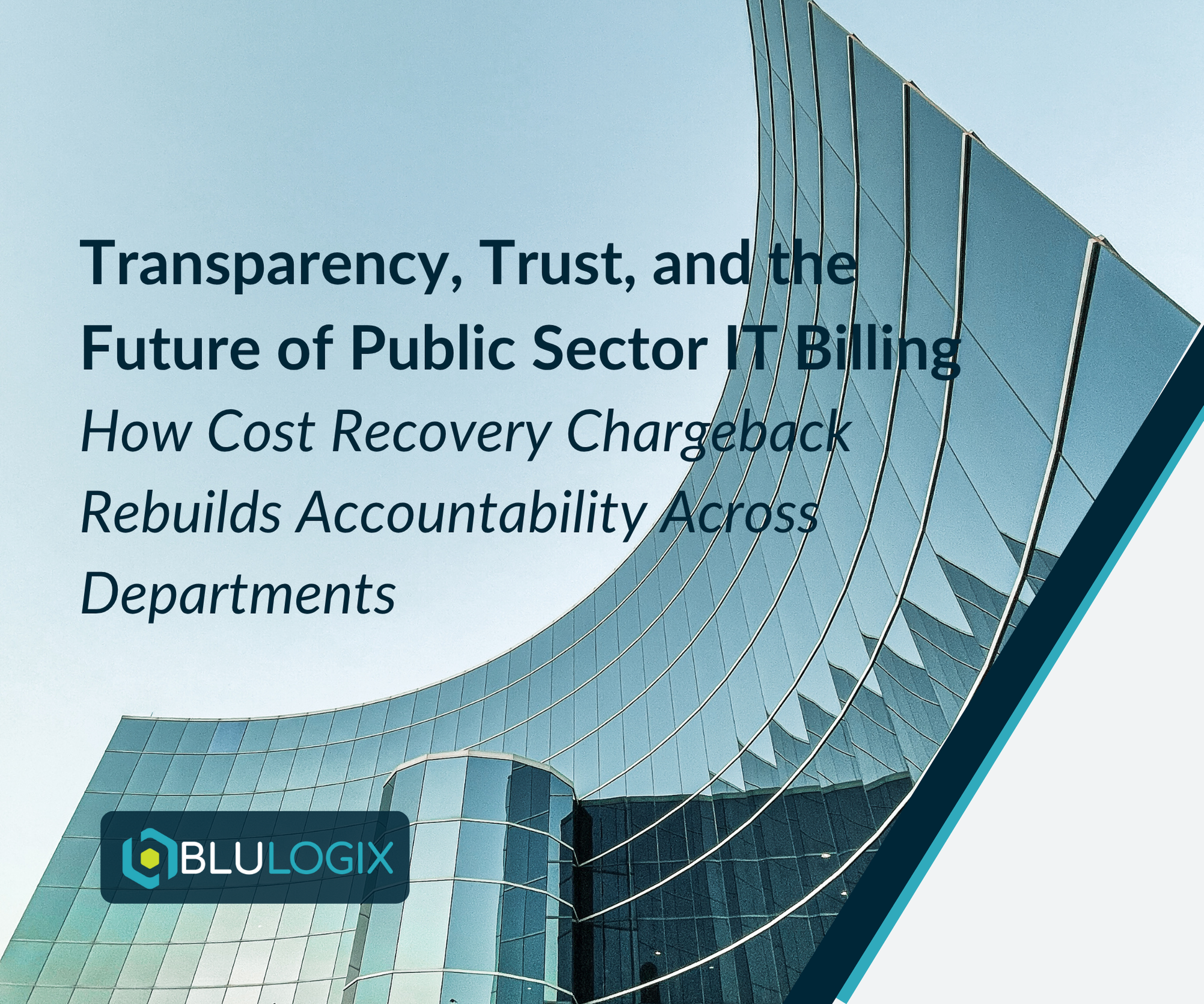5 Challenges and Solutions to Internet of Things (IoT) Billing
The Internet of Things (IoT) is transforming industries with advancements in 5G, artificial intelligence, and automation. Businesses across transportation, healthcare, manufacturing, and security are leveraging IoT for efficiency and innovation. However, monetizing IoT services presents unique billing challenges that must be addressed to unlock its full revenue potential.
Your Subscription Management & Billing System, Your Way
Challenge 1: Managing Multiple Platforms
Many businesses operate across multiple platforms, collecting data from various sources. Without a unified billing system, tracking and integrating this data becomes complex and inefficient.
Solution: Implementing a centralized billing system that consolidates data from all platforms ensures seamless invoicing, accurate usage tracking, and improved revenue recognition.
Challenge 2: Disconnected Services and Bundled Offerings
Organizations offering multiple IoT services often struggle with fragmented billing structures. Clients using multiple services may require bundled offerings, which adds complexity to pricing and billing models.
Solution: A flexible billing platform enables businesses to create customized pricing models, package multiple services, and automate billing adjustments based on usage, ensuring a smooth customer experience.
Challenge 3: Controlling IoT Devices and Preventing Unauthorized Use
Once IoT devices are deployed, businesses must maintain control to prevent tampering, unauthorized modifications, or unlicensed usage, which can lead to revenue leakage.
Solution: Advanced provisioning and access controls help businesses manage device security, track usage, and prevent unauthorized access. Real-time monitoring ensures compliance and protects revenue streams.
Challenge 4: Tracking Usage and Provisioning Services
IoT billing requires precise tracking of usage metrics such as bandwidth, data volume, and device activity. Without an automated system, billing inaccuracies can arise, leading to customer disputes and lost revenue.
Solution: Deploying an intelligent usage-based billing system ensures accurate metering, automated provisioning, and seamless charge calculation, reducing errors and improving revenue assurance.
Challenge 5: Ensuring Data Quality for Billing Accuracy
Billing systems rely on high-quality, real-time data to generate accurate invoices. Poor data integrity can result in incorrect charges, eroding customer trust and creating financial inefficiencies.
Solution: Leveraging a robust data management framework enhances data accuracy and reliability, ensuring that IoT billing is transparent and trustworthy.
Monetizing IoT with the Right Billing Partner
Designing an in-house IoT billing infrastructure can be costly and resource-intensive. Many organizations lack the expertise to create a scalable, compliant, and automated billing system that maximizes revenue potential.
At BluLogix, we provide industry-leading IoT billing solutions that help businesses across various industries—from transportation and logistics to smart cities—monetize their IoT deployments effectively. By streamlining data management, automating billing, and enhancing revenue visibility, we empower organizations to focus on their core operations while optimizing their monetization strategies.
Your Subscription Management & Billing System, Your Way
Learn more

The Spreadsheet Trap: Why Public Sector IT Billing Needs an Upgrade

How Cost Recovery Chargeback Rebuilds Trust in Public Sector IT


